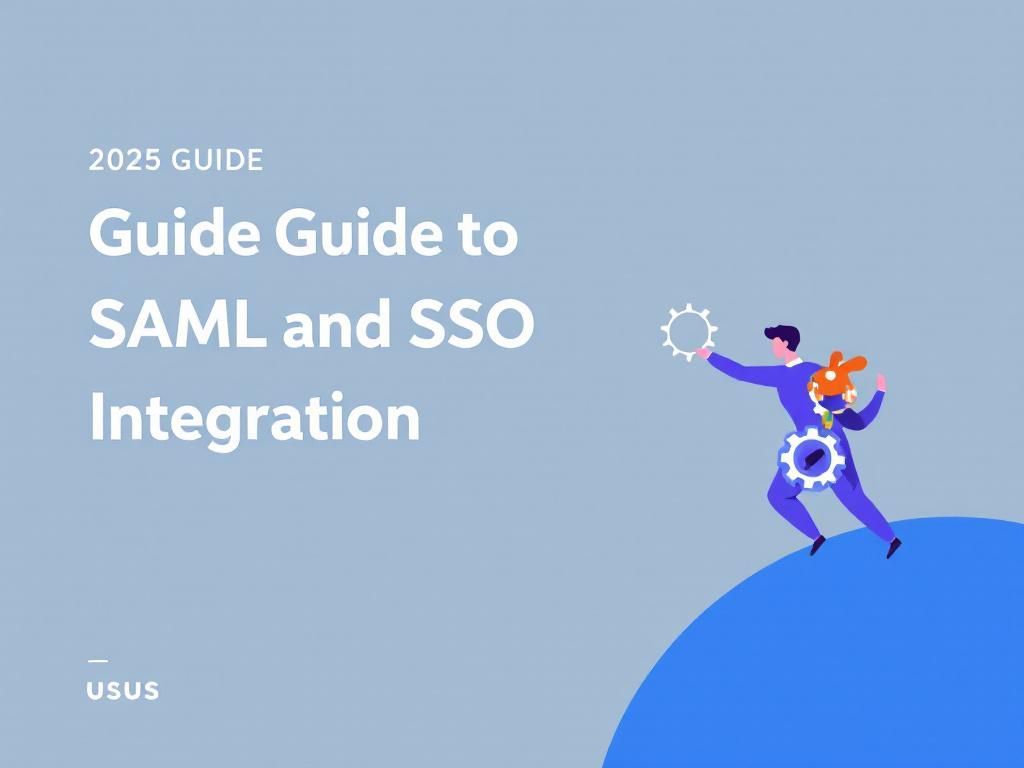Top Digital Identity Management Strategies for 2025
Explore the best digital identity management strategies for 2025 to enhance security, user experience, and compliance in your organization.

In the rapidly evolving landscape of technology, digital identity management has emerged as a critical component for organizations striving to protect their data and enhance user experiences. With the proliferation of cyber threats and the increasing demand for privacy and security, businesses must adopt innovative strategies to manage digital identities effectively. As we look ahead to 2025, it becomes essential to explore the best practices that can safeguard both organizational and individual identities in the digital realm.
Table of Contents
The Importance of Digital Identity Management
Digital identity management encompasses the processes and technologies that allow an organization to manage digital identities across its systems and applications. The significance of effective digital identity management is underscored by several factors:
- Security: Protecting sensitive data from unauthorized access and breaches.
- User Experience: Streamlining access for users while maintaining robust security protocols.
- Regulatory Compliance: Adhering to laws and regulations regarding data protection and privacy.
Trends Shaping Digital Identity Management in 2025
As we approach 2025, several trends are expected to influence digital identity management strategies:
- Zero Trust Security: Moving away from traditional perimeter-based security to a model that requires verification for every access attempt.
- Decentralized Identity Solutions: Leveraging blockchain technology to give users greater control over their personal information.
- AI and Machine Learning: Utilizing advanced algorithms to detect anomalies and enhance identity verification processes.
Key Strategies for Effective Digital Identity Management
To successfully navigate the challenges of managing digital identities, organizations can implement the following strategies:
1. Adopt a Zero Trust Framework
Embracing a Zero Trust approach means that no user should be trusted by default, regardless of their location within or outside the network. Key components of a Zero Trust model include:
| Component | Description |
|---|---|
| Identity Verification | Authenticate users and devices before granting access to systems. |
| Least Privilege Access | Limit user access to only what is necessary for their roles. |
| Continuous Monitoring | Regularly assess and monitor user activities to identify potential threats. |
2. Implement Multi-Factor Authentication (MFA)
MFA adds an additional layer of security by requiring users to provide multiple forms of verification before accessing their accounts. This could include:
- Password
- SMS or email verification codes
- Biometric verification (fingerprint or facial recognition)
3. Centralize Identity Management
Using a centralized identity management solution allows organizations to streamline identity verification processes and reduce administrative overhead. Benefits include:
- Improved user experience with single sign-on (SSO) capabilities.
- Consistent application of security policies across all systems.
- Enhanced reporting and auditing capabilities.
4. Leverage Self-Sovereign Identity (SSI)
Self-sovereign identity empowers users by allowing them to control their personal information. Organizations can implement SSI systems that allow users to manage their own identity data, verifying their identities without relying on third-party entities.
Protecting User Privacy
In 2025, user privacy will be paramount. Organizations must take proactive steps to protect user data and build trust, including:
1. Transparency in Data Usage
Clearly communicate to users how their data will be used and obtain their consent. This can be achieved through:
- Informative privacy policies.
- Options for users to opt-in or opt-out of data collection.
2. Data Minimization Practices
Collect only the data necessary for specific purposes to reduce the risk of exposure. Implementing data minimization strategies can lead to:
- Lower likelihood of data breaches.
- Increased user trust and satisfaction.
Integrating Advanced Technologies
Modern digital identity management strategies should incorporate cutting-edge technologies to enhance security and efficiency:
1. Artificial Intelligence and Machine Learning
AI and ML can analyze user behavior patterns, helping to detect irregularities and potential security threats. Applications include:
- Fraud detection systems that flag suspicious transactions.
- Automated identity verification processes that utilize facial recognition.
2. Biometric Authentication
Biometric technologies, including fingerprint scanners and facial recognition systems, can significantly increase security by providing unique identification methods. Key considerations include:
- Choosing the right biometric technology based on user convenience and security requirements.
- Ensuring compliance with privacy regulations regarding biometric data storage and processing.
Conclusion
The landscape of digital identity management is continually evolving, driven by technological advancements and the increasing complexity of cyber threats. By adopting innovative strategies such as Zero Trust security, multi-factor authentication, and self-sovereign identity, organizations can not only protect their data but also enhance user trust and satisfaction. As we move towards 2025, embracing these best practices will be essential for any organization looking to thrive in a digital-first world.
FAQ
What is digital identity management?
Digital identity management refers to the processes and technologies used to manage and secure a person’s or organization’s digital identity across various online platforms.
Why is digital identity management important for businesses?
Digital identity management is crucial for businesses as it helps protect sensitive information, ensures compliance with regulations, and enhances customer trust and engagement.
What are the key components of an effective digital identity management strategy?
Key components of an effective digital identity management strategy include user authentication, access control, identity verification, and continuous monitoring.
How can organizations improve their digital identity management practices?
Organizations can improve their digital identity management practices by implementing multi-factor authentication, using identity governance tools, and regularly updating their security protocols.
What are some emerging trends in digital identity management for 2025?
Emerging trends in digital identity management for 2025 include the use of AI for identity verification, decentralized identity solutions, and enhanced privacy measures such as zero-knowledge proofs.
How does digital identity management impact customer experience?
Effective digital identity management enhances customer experience by enabling seamless access to services, improving security, and fostering trust through transparent data handling practices.







